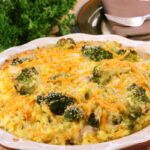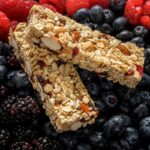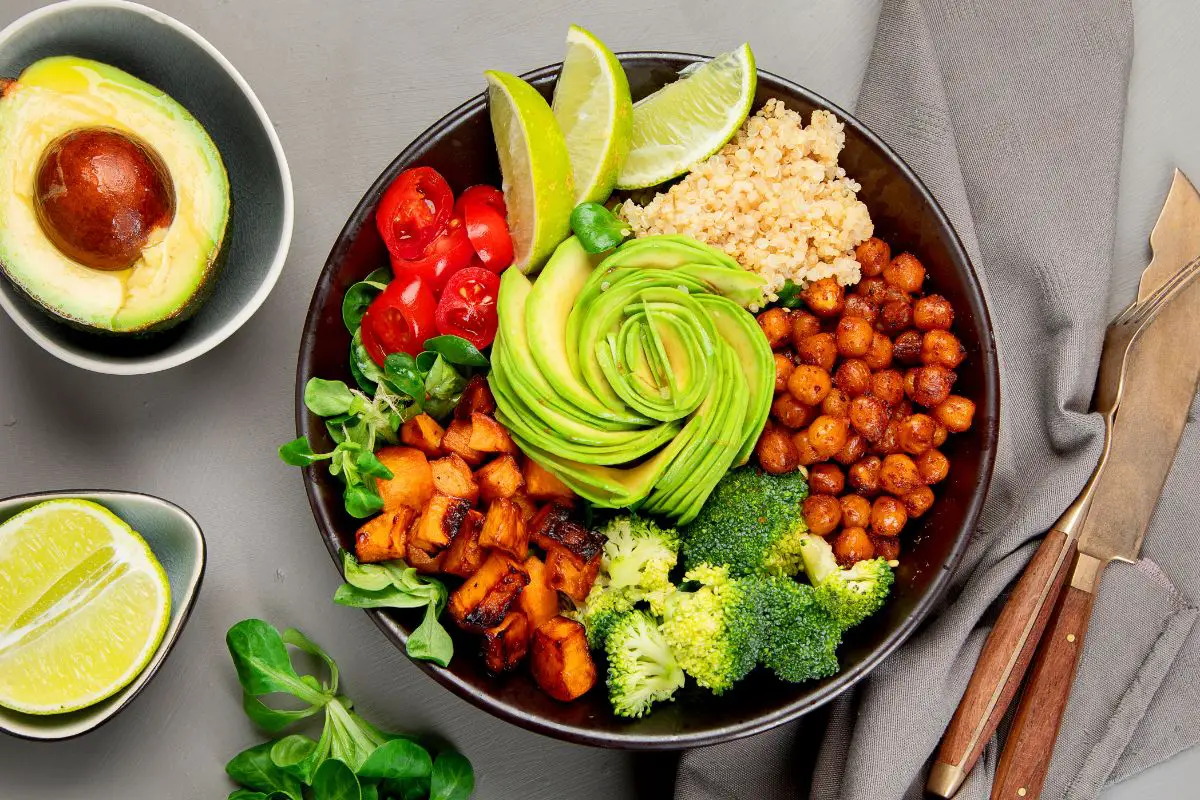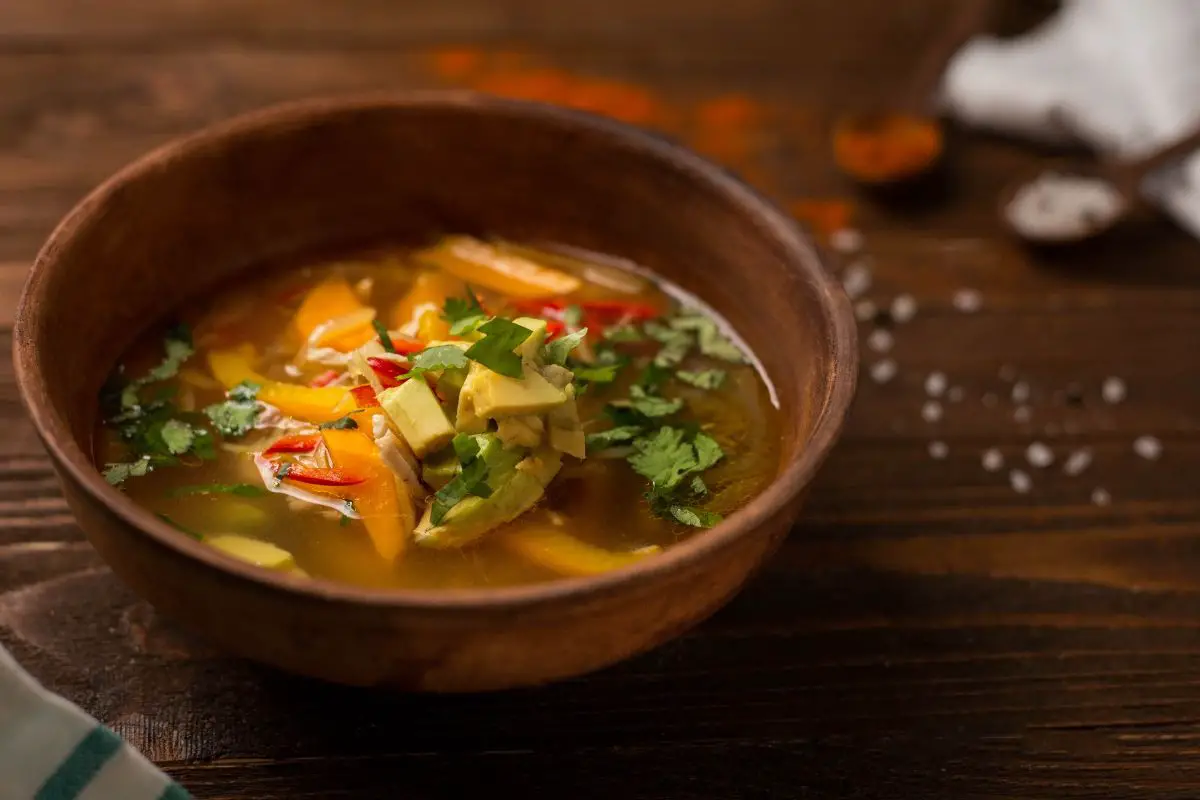The Paleo Diet, often known as the hunter-gatherer diet, is centered around foods that Paleolithic humans would have consumed. Primal or caveman eating are other names for this style of eating.
Since the Paleo diet is based on real, whole foods, it prioritizes produce, meat, fish, eggs, nuts, and seeds over other foods.
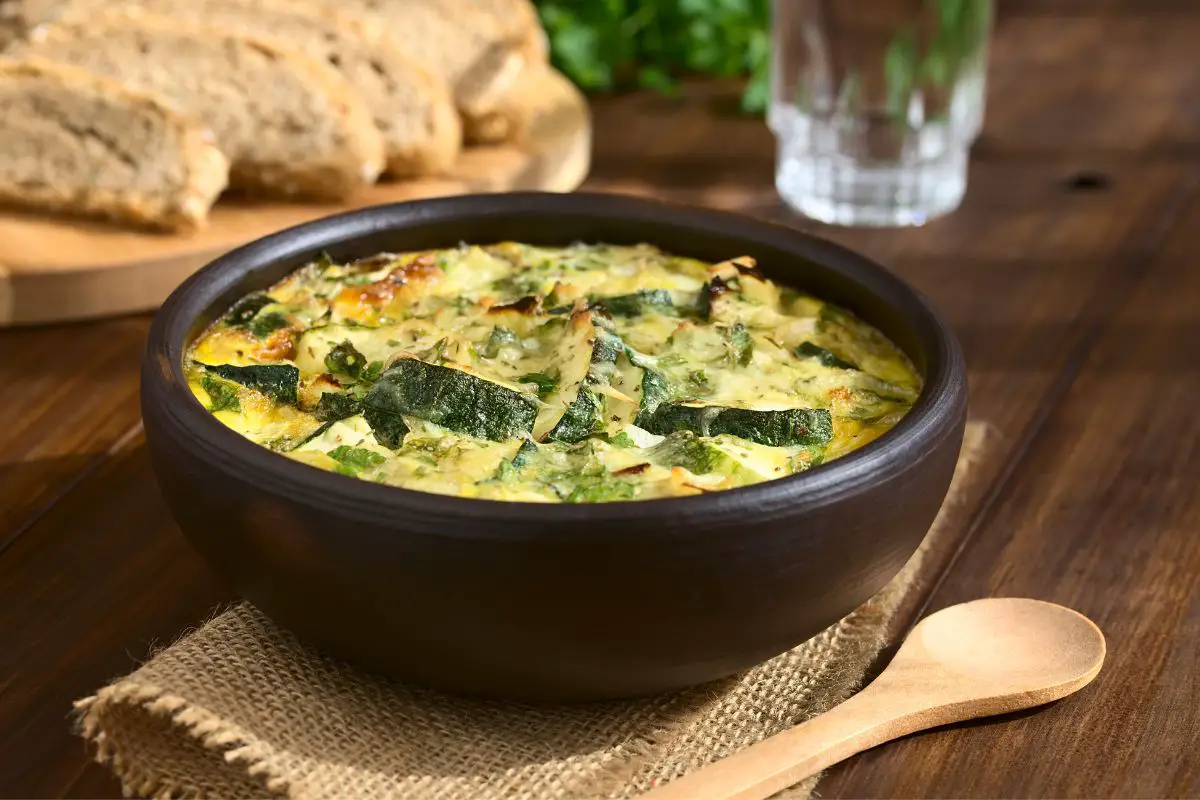
As a result, a wide variety of manufactured or man-made foods containing additives, colorants, fake flavors, hidden sugars, and preservatives are eliminated.
Although the Paleo diet is modeled on the supposed nutrition of the Palaeolithic people, it is a contemporary nutritional program that has seen a large growth in popularity throughout the last couple of years, mostly due to the huge amount of successes achieved by those implementing it.
The idea behind it is that because human genetics haven’t altered much since the Agricultural Revolution, also known as the Neolithic Revolution, which took place about 10,000 years ago, modern humans can adapt to the food of the Palaeolithic era.
Many people now use it as their “go-to” nutrition plan, and other people think that’s how everyone should eat. Here, we’ll provide 10 simple and tasty Paleo meals that you can make for dinner.
The History Of The Paleo Diet
The Paleo diet was first made famous by physician Walter L. Voegtlin in the middle of the 1970s. He was among the first to propose that adopting a diet resembling the Paleolithic age could significantly improve one’s health.
In the Stone Age Diet, which he self-published, he emphasized that Paleolithic humans were carnivores who consumed primarily protein and lipids with minor amounts of carbohydrates.
In addition, while doing so, he found some of the linked health benefits based on his own practices at the time.
We didn’t see any further papers on this diet until the late 1980s, and Eaton, Konner, and Shostak released another publication on this dietary strategy in 1988.
According to this book, our diets now should contain the same ratios of micro and macro nutrients as those consumed by people in the late Paleolithic.
Foods that were unavailable prior to the advent of agriculture were not included.
A scientific investigation termed the Kitava Study was carried out in 1989 by Steffan Lindeberg.
This study, which focused on the non-Westernized Kitava of Papua New Guinea, revealed a link between food and Western diseases.
This is so because the people of Kitava didn’t develop the same types of medical conditions as people who ate a diet similar to that of the West.
As a result, several physicians and nutritionists have been advocating for a return to a so-called Paleolithic diet since the 1990s.
Numerous publications, websites, and advertising efforts are now being run to support such a diet. The Paleo diet comes in many different forms, but they all generally follow the same guiding principles.
What Are The Principles Of The Paleo Diet?
Consuming the same sources of food that were accessible to Paleolithic humans in any of their ecological niches is one of the basic principles of the Paleo diet.
In the contemporary world, this entails eating meat from domesticated animals and cultivated vegetation.
It includes items that can be caught or hunted, such as fish and meat, as well as foods that can be foraged, like eggs, fruits, herbs, mushrooms, nuts, seeds, vegetables, and spices.
Additionally, free-range or grass-fed meats are typically advised over grain-fed domestic meats since they have greater nutrient profiles and contain less contaminants.
To further limit contamination and potential toxicity problems, it is advised that foods that can be collected be organic and locally farmed.
The diet excludes a number of foods and food groups, including dairy foods, grains, processed oils, refined sugar, and salt.
These foods and food groups were scarcely or never consumed by humans prior to the Neolithic Agricultural Revolution.
Water serves as the primary source of fluids, whereas artificial beverages, alcohol, and coffee are prohibited. Some organic teas might be allowed.
This diet is a wonderful foundation diet for people looking to achieve their ideal body proportion and wellness, and there are many success stories to support this.
The prevalence of Paleo is growing as a result of a variety of advantages that regular Paleo dieters can enjoy.
10 Tasty Paleo Meals To Make For Dinner
Check out our list of 10 delicious Paleo meals that you can make for dinner to ensure that you’re following the Paleo diet.
1. Frittatas
One of the simplest Paleo foods to make is eggs, and frittatas boost the ante on “easy but tasty.”
The basic idea is straightforward: just whisk some eggs and add them to a pan alongside your favorite vegetables. Bake until the dish begins to smell too lovely to eat.
To get you started, here is a quick and simple dish for an Italian-themed frittata. Try this frittata made with zucchini and sweet potatoes if that isn’t quite your thing.
2. Slow-Cooker Roasts
A low budget can be easily stretched with roasts (especially if you’re serving a large group).
Additionally, even the tightest of schedules can fit home cooking thanks to slow cookers. They make the perfect pair when combined!
Here is a fast recipe for delicious slow-cooker balsamic roast beef, but if you don’t feel like beef today, you can try a recipe for a slow-cooker pork roast that is equally straightforward.
3. Roast Chicken
It’s a staple for a reason since it’s inexpensive, simple to make, and tasty!
Even though cooking a complete bird rather than just the thighs or breasts can seem intimidating to some, it’s actually rather simple. You’ll be surprised that you ever fretted about it once you’ve done it for real.
To get you started, above is a very basic recipe for a full roast chicken.
4. Baked Chicken
Having trouble finding a whole chicken? No problem, just make a fast baked chicken meal using the chicken you have on hand.
Here are a few suggestions: lemon and herb chicken has a somewhat more delicate flavor and is ideal for salads, while spice-rubbed chicken is fantastic for those who enjoy heat.
5. Chili
A large bowl of chili will do wonders to warm you up on a chilly afternoon. Is there anything that it can’t do? It travels well, it freezes well, and it reheats well.
Depending on your preferences, you may turn the spiciness level up or down and add pretty much any type of meat you could think of!
A few suggestions for variants on chili include traditional beef-and-tomato chili, a hot variant with pork, and a turkey chili (with leftover meat).
6. Coleslaw
Your plate should include at least 50% vegetables if you follow the paleo diet; it’s not simply about eating enormous meat chunks all the time.
One of the least expensive veggies you can purchase per serving is cabbage, which is also incredibly simple to prepare. You can roast it, cook it, put it in a soup, or use it to make coleslaw.
Here are recipes for both a fruity coleslaw and a buffalo ranch coleslaw variation.
7. Chicken Soup
Having chicken soup after a hard day is “soul food.” It’s a tried-and-true home cure for the sniffles or the flu, and it’s a great method for utilizing any vegetables in your fridge that are on the verge of spoilage.
Additionally, it’s the ideal container for bone broth.
Here is a fairly simple yet delicious recipe for chicken soup that you may nearly endlessly alter to suit your personal preferences.
8. Roasted Vegetables
Tossing practically any vegetable on a tray including some Paleo cooking oil and roasting it until it’s soft and tasty (see also: 10 Tasty Paleo Slow Cooker Recipes You’ll Love)is the simplest way to handle it.
More robust veggies, like cabbage or Brussels sprouts, become considerably more kid-friendly when they are roasted since it brings out their natural sweetness.
To get you started, here is a simple recipe for oven-roasted cabbage, but keep in mind that this method works for practically anything!
9. Guacamole
Good fats and all of the other beneficial components of avocados are ideal for guacamole. It tastes great spooned over a salad, dipped into raw vegetable pieces, or just eaten off the spoon.
Above you’ll find a quick and simple guacamole recipe.
10. Hamburgers
Burgers can be served without a bun. Finding a Paleo dish is definitely worth your time because they are very adaptable and a surefire supper favorite.
Here is a simple recipe for Portobello burgers, using a mushroom as the bun.
Final Thoughts
We hope that this article has provided you with a few ideas for what to make for dinner if you’ve decided to follow a Paleo diet.
Following a Paleo diet is believed to have numerous benefits such as improved heart health, weight loss, and reduced risk of disease.
There are many other Paleo dishes available, but these are some of the tastiest and most simple dishes you can make at home.
- How To Make A Paleo Detox Smoothie: Berry Cherry Green Edition - April 18, 2023
- How To Make Spicy Paleo Paprika And Thyme Veggie Fries - April 18, 2023
- 15 Mouthwatering Keto Apple Recipes You Need To Try Today - April 18, 2023

